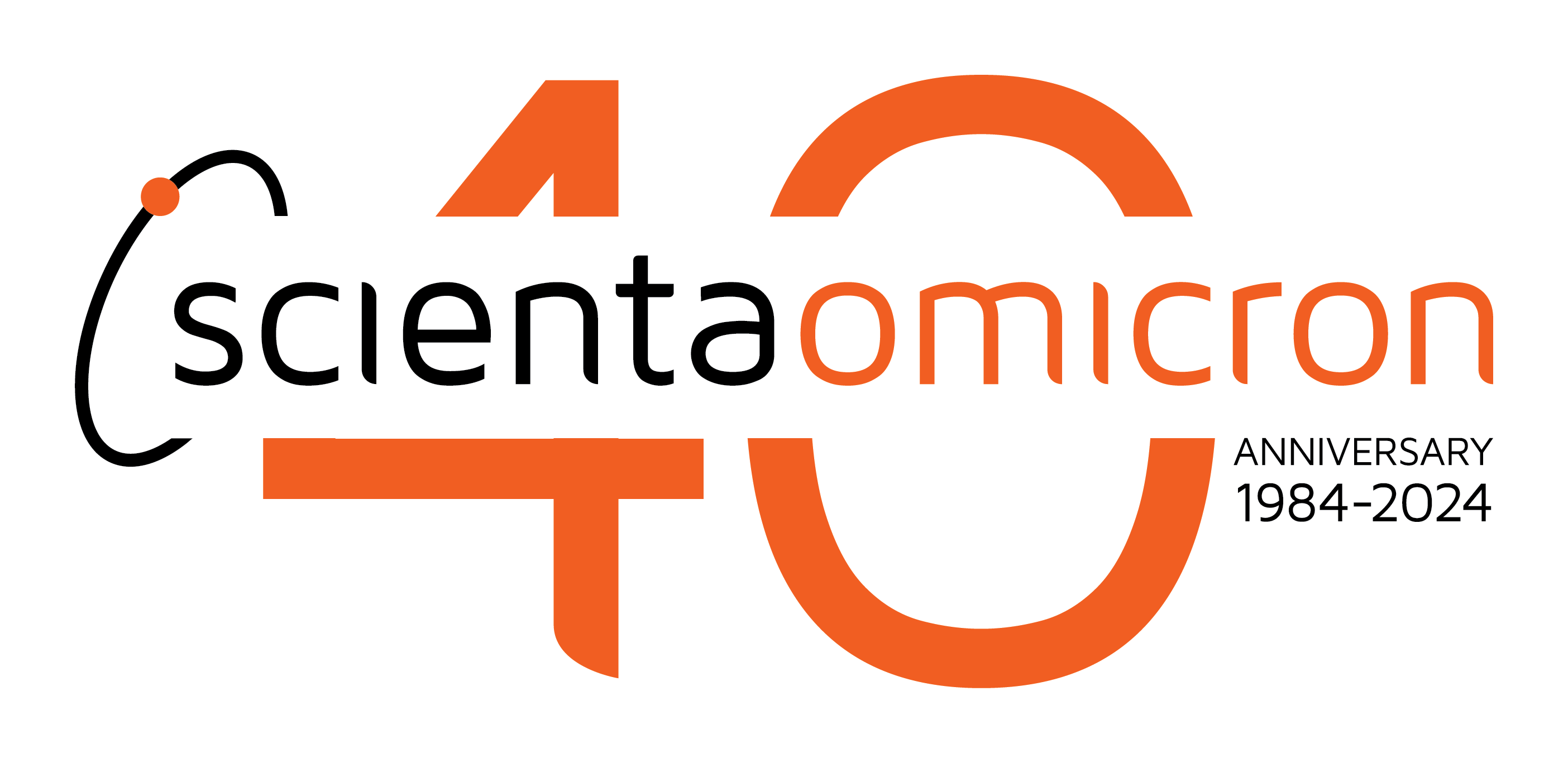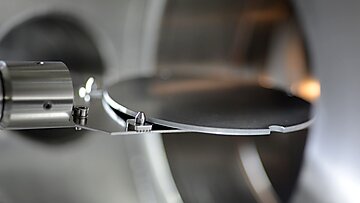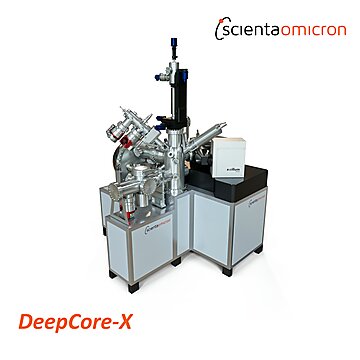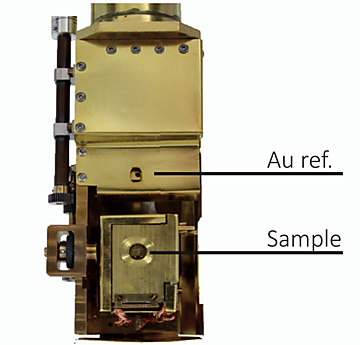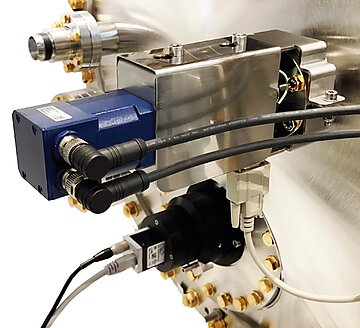Accelerating Materials Innovation
Result of the Month (ROM), December 2025
Spectroscopic evidence of intra-unit-cell charge redistribution in a charge-neutral magnetic topological insulator
The magnetic topological insulator MnBi6Te10 has emerged as a promising candidate for realizing the quantum anomalous Hall effect (QAHE), owing to its ability to retain ferromagnetism through precise control of anti-site defects. The next important task for realizing the QAHE is to tune the chemical potential into the energy gap formed by the broken time-reversal symmetry. Here we reveal an intra-unit-cell charge redistribution even when the overall doping suggests a near-charge-neutral condition. By performing time- and angle-resolved photoemission spectroscopy (trARPES) on the optimally 18% Sb-doped MnBi6Te10, we observe transient surface photovoltage (SPV) effects on both the MnBi2Te4 and single-Bi2Te3 terminations. Furthermore, we observe a time-dependent splitting of the band structure indicating multiple SPV shifts with different magnitudes. This observation suggests that adjacent plateaus with nominally the same terminating layer exhibit a strong intra-unit-cell charge redistribution, resulting in spontaneous electrical polarization. This is consistent with static micro-ARPES measurements revealing significant doping deviations from the charge-neutral configuration. Our findings underscore the challenges of engineering the family of Mn–Bi–Te materials to realize QAHE purely through chemical doping. Achieving the desired topological quantum phase requires both a uniform carrier doping and a ferromagnetic ground state. Furthermore, the light-induced polarization within each unit cell of ferromagnetic Mn(Bi0.82Sb0.18)6Te10 may open new possibilities for optoelectronic and spintronics.
Latest news
Introducing DeepCore-X
Designed for advanced surface and bulk materials research, DeepCore-X enables high-resolution X-ray Photoelectron Spectroscopy (XPS) and Hard X-ray Photoelectron Spectroscopy (HAXPES) in a single, laboratory-based instrument. With its high-flux Ga Kα MetalJet F-series source (9.25 keV) and the synchrotron-proven EW4000 analyser, DeepCore-X delivers synchrotron-like performance while maintaining ease of use in a compact system. Automation of sample handling, smart workflows, and camera-assisted navigation make DeepCore-X a highly productive and accessible platform for every level of expertise.
Sample Manipulators
Open and Closed Cycle Sample Manipulators
When aiming at high experimental energy resolution for ARPES measurement, it is crucial to achieve ultra-low sample temperatures to quench thermal broadening. This is possible with state-of-the-art cryo manipulators reaching sample temperatures from < 3.5 K and featuring up to 6 fully motorized axes for a large range of movements. The manipulators are available as open and closed cycle. Open cycle manipulators reach lower temperature specifications and are rapidly cooled down from room temperature to 10 K in 15 min. The low He consumption below 1 l/h at ultimate temperature and the possibility to operate with liquid nitrogen at higher temperatures ensure a low operating cost. Closed cycle manipulators have no He consumption providing unlimited holding time.
Service Upgrade
PEAK Slit Control
Optimal analyser settings with remote control
In photoelectron spectroscopy measurements, there is always a trade-off between signal intensity and resolution. Optimising this balance is the key to obtaining smooth and sharp spectra within the shortest time possible. For hemispherical analysers, this trade-off is controlled by the selected entrance slit and pass energy.
PEAK Slit Control replaces manual slit changes at the analyser with a motorised and software-controlled slit. With the control of all analyser settings, easy and quick optimisation of signal intensity versus resolution is possible.
About Us
Scienta Omicron is a leading innovator in Surface Science and Nanotechnology. At our technology centres in Uppsala, Sweden and Taunusstein, Germany we develop and produce high-tech instruments. Our instruments support top researchers globally and are serviced by our four regional hubs in USA, China, Japan and Germany.
We provide state of the art instruments in Electron Spectroscopy, Scanning Probe Microscopy and Thin Film Deposition. Focusing on the race for new unique materials and solutions, in areas like – smarter batteries, next generation electronics, quantum technologies, solar energy, intelligent sensors and advanced materials, Scienta Omicron enables development of tomorrow´s materials.
THE SCIENTA GROUP: One Group, Two Leading Brands
Since 1983 the combined companies, including Scienta Omicron and Scienta Envinet (former Scienta Sensor Systems and Envinet GmbH respectively) that make up the Scienta Scientific Group have been leading the development of ultra high vacuum research and analysis equipment in the fields of Surface Science, Material Physics, UHV technology and Radiation Detection, resulting in scientific breakthroughs, Nobel Prizes and outstanding industrial equipment.
